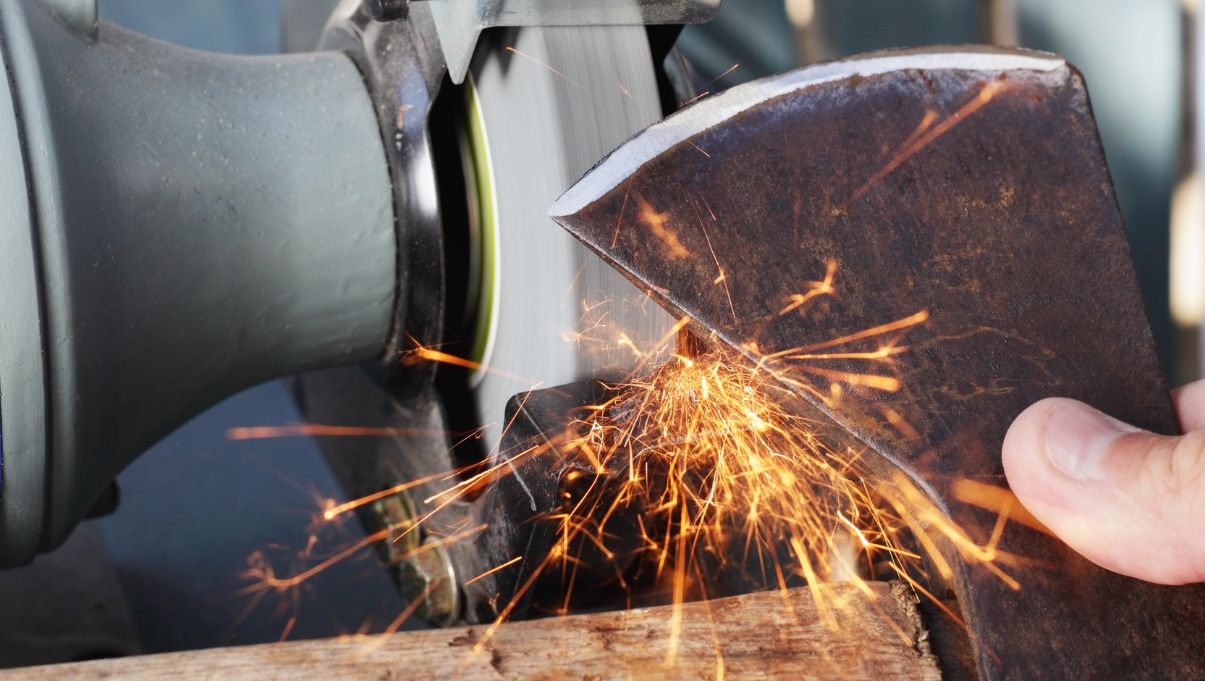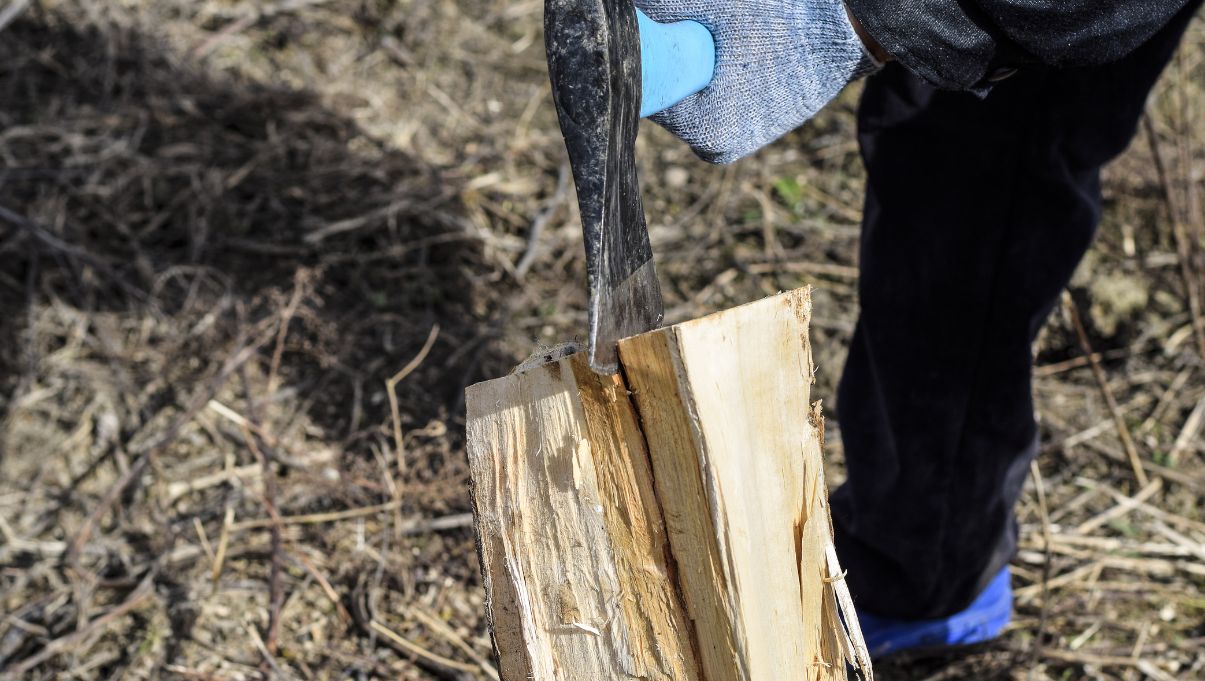Introduction
Splitting wood is a common task for homeowners, outdoor enthusiasts, and those who rely on firewood for heating or cooking. While there are various tools available for splitting wood, a maul is a popular choice due to its heavy head and wedge-shaped design. With the right technique and proper safety precautions, you can efficiently split logs into smaller pieces for firewood. In this article, we will explore the step-by-step process of splitting wood with a maul, providing you with the knowledge and skills to tackle this task effectively.
How to Split Wood with a Maul?
Select the right maul:
Choose a maul that suits your physical capabilities and the size of the logs you intend to split. Consider factors such as weight, handle length, and grip comfort to find a maul that is comfortable and efficient to use.
Prepare a safe work area:
Find a clear and level area where you can work safely. Ensure there are no obstructions or hazards nearby, and make sure you have a solid chopping block or log to split the wood on.
Assess the log:
Examine the log you intend to split and identify any cracks or weak points. These areas will be easier to split and can guide your initial strikes.

Position the log:
Place the log vertically on the chopping block, ensuring it is stable and won’t roll or move during the splitting process.
Grip the maul:
Stand with your feet shoulder-width apart, firmly grip the maul with both hands, and position your hands towards the end of the handle for better control and power.
Swing the maul:
Lift the maul overhead, using your legs and core muscles to generate power. Aim for the center of the log and bring the maul down forcefully, allowing the weight of the head to drive the blade into the wood.
Adjust your aim:
After the initial strike, adjust your aim to target the crack or weak points identified earlier. Repeat the swinging motion, aiming for these areas to facilitate easier splitting.
Continue splitting:
As the log begins to split, use wedges or the maul itself to open the crack further, applying additional force if necessary. Work your way through the log, splitting it into smaller pieces.
Tips for Splitting Wood with a Maul
- Practice proper technique: Develop a consistent swinging motion, focusing on accuracy and controlled power. Avoid swinging the maul in an arc or using excessive force, as this can lead to fatigue and reduced accuracy.
- Use gravity and momentum: Let the weight of the maul and the force of gravity do the work for you. Allow the maul to fall naturally and use the rebound to prepare for the next swing.
- Start with smaller logs: If you are new to splitting wood with a maul, begin with smaller logs until you gain confidence and proficiency. Gradually progress to larger logs as your skills improve.
- Maintain a safe distance: Keep a safe distance from others while splitting wood, ensuring no one is standing in the potential path of the maul or wood.

FAQs
Can I split frozen wood with a maul?
It is possible to split frozen wood with a maul, but it requires more force and can be more challenging. The dense and rigid nature of frozen wood makes it harder to split compared to dry or seasoned wood. You may need to apply extra force and make multiple strikes to effectively split the wood. It’s also worth considering using a wedge or waiting until the wood thaws for easier splitting.
How can I protect myself while splitting wood?
Splitting wood can be a physically demanding task, so it’s crucial to prioritize safety. Here are some safety measures to follow:
- Wear protective gear such as safety goggles to protect your eyes from flying wood chips, gloves to shield your hands, and sturdy footwear to protect your feet.
- Ensure you have a clear and stable work area. Remove any tripping hazards and make sure there is enough space for you to swing the maul comfortably.
- Stand on a stable surface, such as dry ground or a solid platform, to maintain balance and stability while swinging the maul.
- Keep a safe distance from others while splitting wood, ensuring no one is standing in the potential path of the maul or wood.
- Maintain a proper grip on the maul, with both hands positioned towards the end of the handle, to have better control and reduce the risk of accidents.
- Always swing the maul with control and precision, avoiding wild or uncontrolled swings that could cause injury.
Can I use a maul for tasks other than splitting wood?
While a maul is primarily designed for splitting wood, it can be utilized for various other tasks that require heavy striking or driving force. Some examples include:
- Driving stakes or posts into the ground: The weight and impact of the maul can help drive stakes or posts firmly into the ground.
- Breaking apart larger pieces of wood or logs: If you need to break a larger piece of wood into more manageable sizes, a maul can be effective.
- Demolition work: In certain situations, a maul can be used for light demolition work, such as breaking up small structures or removing nails from wood.
However, it’s important to note that using a maul for tasks other than splitting wood may put additional strain on the tool and increase the risk of damage or accidents. It’s recommended to use the maul within its intended purpose and consider using specialized tools for other specific tasks.
Conclusion
Splitting wood with a maul is a rewarding and practical skill that allows you to produce firewood efficiently. By following the step-by-step instructions provided in this guide and implementing the valuable tips, you can become proficient in using a maul to split wood. Remember to prioritize safety, practice proper technique, and gradually increase the size of the logs you tackle. With time and experience, you will master the art of splitting wood with a maul and enjoy the benefits of a well-stocked supply of firewood.




